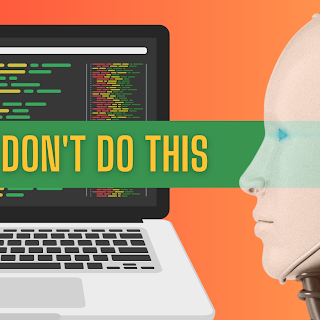A computer network or data network is a telecommunications network which allows computers to exchange data. A network consists of two or more computers that are linked in order to share resources (such as printers and CDs), exchange files, or allow electronic communications. The computers on a network may be linked through cables, telephone lines, radio waves, satellites, or infrared light beams. Data is transferred in the form of packets. The connections between nodes are established using either cable media or wireless media. The best-known computer network is the Internet.
Two very common types of networks include:
• Local Area Network (LAN)
• Wide Area Network (WAN)
There are also
- Metropolitan Area Networks (MAN)
- Wireless LAN (WLAN)
- Wireless WAN (WWAN)
- Campus Area Network, Controller Area Network, or sometimes Cluster Area Network (CAN)
- Storage Area Network, System Area Network, Server Area Network or sometimes Small Area Network (SAN)
- Personal Area Network (PAN)
- Desk Area Network (DAN)
Local Area Network
A Local Area Network (LAN) is a network that is confined to a relatively small area. It is generally limited to a geographic area such as a writing lab, school, or building.
Wide Area Network
Wide Area Networks (WANs) connect networks in larger geographic areas, such as Kolkata, or India, or the world. Dedicated transoceanic cabling or satellite uplinks may be used to connect this type of global network.
Effectiveness of Networking
Delivery : Data communication ensures that Correct message should be delivered to recipient.
Accuracy : Data communication ensures that Accurate message must be delivered.
Timeliness : Data communication ensures that Message must be delivered within time.
Advantages
Scalability
Price by Performance
Resource Sharing
High Reliability
Video Conferencing
Types of network Connections
Point to Point Connection (PtP) eg. LAN
Multipoint Connection eg. Hub
Direction of Data Flow
Simplex
Half Duplex
Full Duplex
Some Common Terms Related to Networking
•DNS - Domain Name System - translates network address (such as IP addresses) into terms understood by humans (such as Domain Names) and vice-versa
•DHCP - Dynamic Host Configuration Protocol - can automatically assign Internet addresses to computers and users
•FTP - File Transfer Protocol - a protocol that is used to transfer and manipulate files on the Internet
•HTTP - HyperText Transfer Protocol - An Internet-based protocol for sending and receiving webpages
•IMAP - Internet Message Access Protocol - A protocol for e-mail messages on the Internet
•IRC - Internet Relay Chat - a protocol used for Internet chat and other communications
•POP3 - Post Office protocol Version 3 - a protocol used by e-mail clients to retrieve messages from remote servers
•SMTP - Simple Mail Transfer Protocol - A protocol for e-mail messages on the Internet



0 Comments